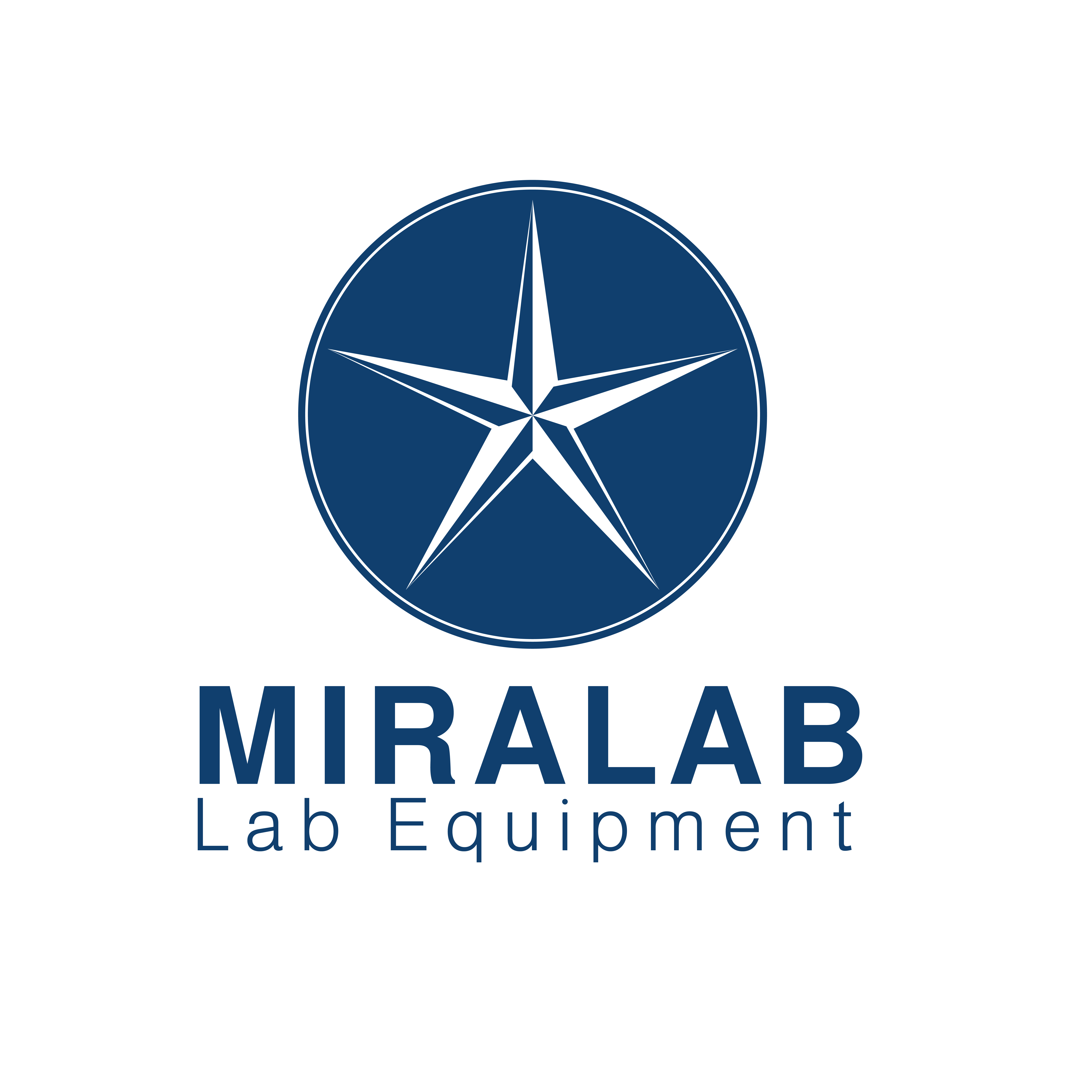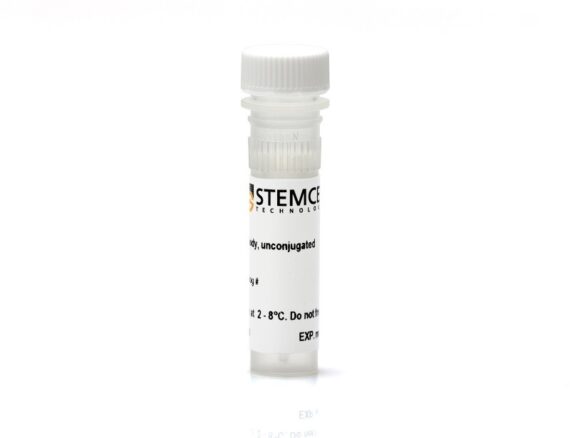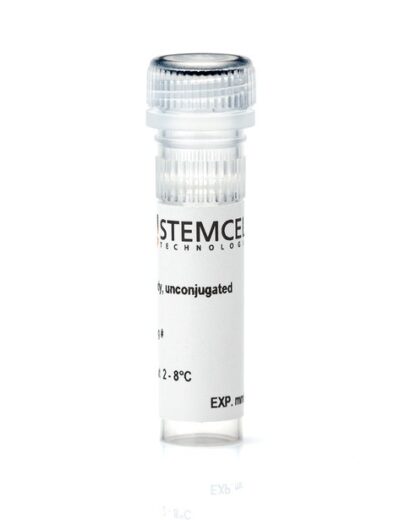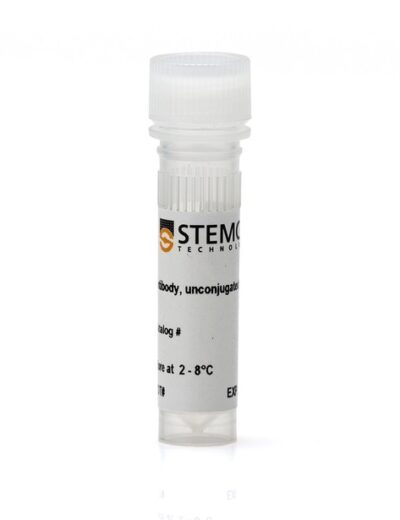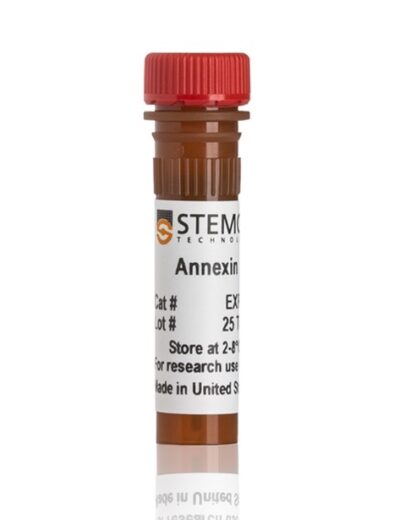Anti-Human CD71 (Transferrin Receptor) Antibody, Clone OKT9 Mouse monoclonal IgG1 antibody against human CD71 (transferrin receptor)
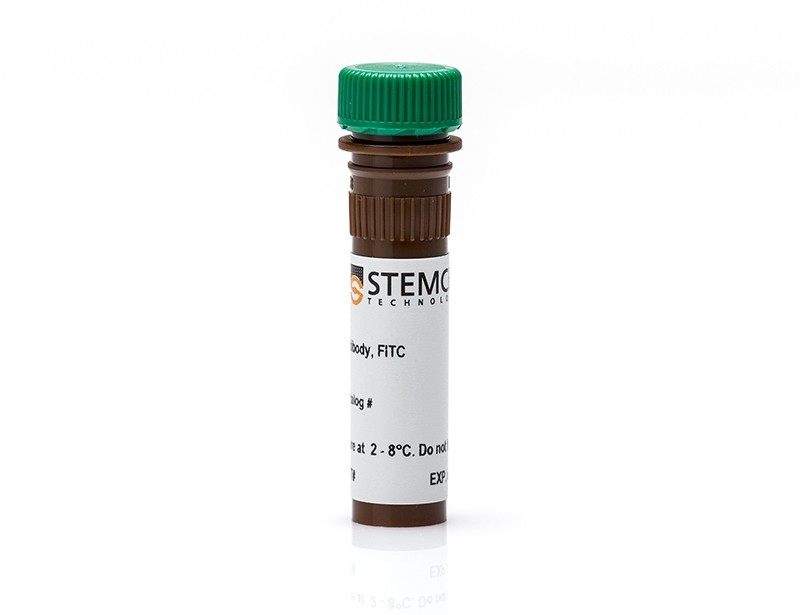
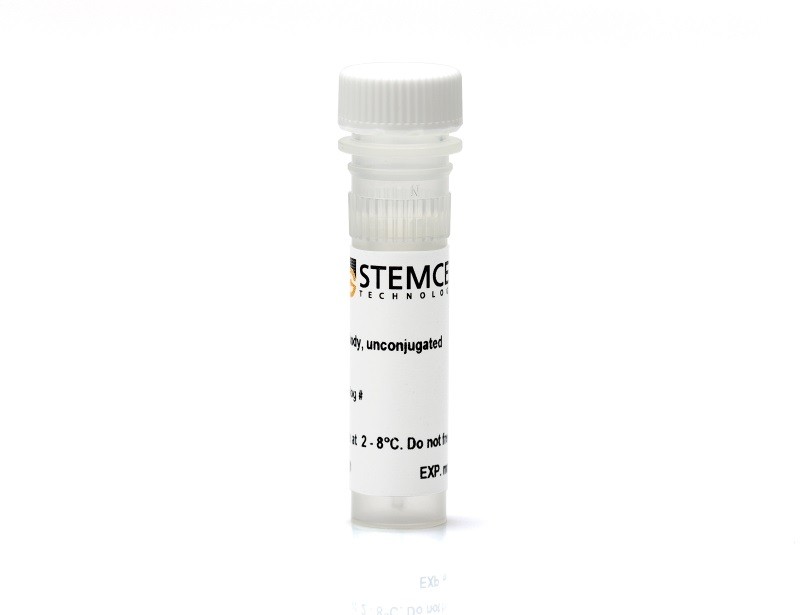
Overview
The OKT9 antibody reacts with CD71 (transferrin receptor), an ~180 – 190 kDa disulfide-bonded homodimer and type 2 transmembrane glycoprotein expressed at high levels on a broad range of actively proliferating cells, as well as reticulocytes, monocytes, macrophages and marrow stromal cells. Surface levels are low on resting leukocytes but are upregulated on lymphocytes, monocytes and macrophages following antigen or mitogen stimulation. Expression is lost during differentiation of reticulocytes into mature erythrocytes. CD71 mediates uptake of transferrin–iron complexes through receptor-mediated endocytosis and recycling of the apotransferrin–receptor complex to the cell surface. CD71 has been employed as a marker for evaluating erythroid precursors and for assessing disorders such as erythroid leukemia and myelodysplastic syndrome. It has also served as a target for drug delivery. The OKT9 antibody binds an epitope that reportedly overlaps with that of antibody clone CY1G4 but is distinct from the ligand binding site for transferrin.
Subtype: Primary Antibodies
Target Antigen: CD71 (Transferrin Receptor)
Alternative Names: Mtvr1, p90, T9, TFR, TFRC, TFR1, TR, Transferrin receptor, TRFR
Reactive Species: Human
Conjugation: APC; Biotin; FITC; PE; Unconjugated
Host Species: Mouse
Cell Type: Erythroid Cells
Application: Electron Microscopy; Flow Cytometry; Functional Assay; Immunofluorescence; Immunocytochemistry; Immunohistochemistry; Immunoprecipitation; Western Blotting
Area of Interest: Stem Cell Biology
Clone: OKT9
Gene ID: 7037
Isotype: IgG1, kappa
